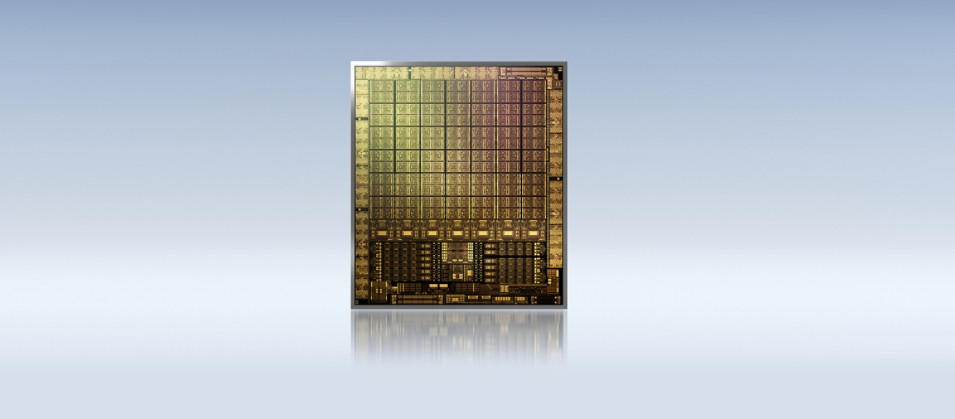
Nvidiaís Quadro cards are of course a mainstay of professional computing, but not all Nvidia professional GPU products carry that brand name. The Tesla GPU computational cards are probably the best-known example, but Nvidia has recently released two ďAĒ series cards that many professional computing users should sit up and take notice of.
It seems however, that Nvidia have dropped the Quadro name. At least for these newly released cards. The RTX A6000 is certainly still a Quadro card in every sense. Given its intended purpose and audience. The A40, on the other hand, is something a little different. Not a purely computational card, since it does have display connections, but this isnít a GPU product Nvidia seems to want regular Quadro customers to buy. We have no idea if the Quadro brand is coming back or not, but these are the cards we know are heading our way. So letís get to know them a little better.
Say Hello To RTX A6000

We donít know if the ďAĒ in the names of these new cards refers to the Ampere architecture, but itís a reasonable assumption. Thatís actually an example of Nvidia moving pretty quickly with itís latest GPU architecture into the professional space. Usually it takes a while for these new technologies to make it into the pro cards. Mainly because professional users need a different balance of performance, features and reliability.
Clearly Nvidia feels that Ampere is ready for the pro leagues, so here you get all the benefits of that brand-spanking new silicon. Thatís 10752 Ampere CUDA cores. Which can do more per-clock than Turing. Specifically, you get double-speed processing of FP32 operations while using less electricity to do so.
The ray-tracing and machine learning silicon also promise 2X and 5X performance versus the previous generation. Which represents a massive generational leap. Especially in the professional GPU space.
The whopping 48GB of VRAM is also another market that this is the new Quadro line, but you can actually increase that pool by adding more cards via NVLink. The card bridging system is now so fast that the connected GPUs can address the sum total of the memory as a single pool. Opening up the possibility of truly massive datasets that can reach 96GB in size!
The final feather in the cap of the A6000 is itís support for GPU virtualization. Which means multiple users can dynamically share the GPU power for tasks on their individual virtual machines. Ensuring that your very expensive GPU is always pulling its weight.
The Nvidia A40 Is A Special Beast

Nvidia describes the A40 as a ďdata center GPU for visual computingĒ and the most powerful one at that. This suggests that itís the new generation Tesla card, but this is still a GPU card with display outputs. Albeit one less than the A6000.
The A40 is pretty similar to the A6000 overall, but one huge difference is the fact that itís passively cooled. Yes, thereís no fan to be found, just a massive heatsink. Itís a sign that this is a GPU meant for server blades, which usually employ fast and noisy fan solutions, good enough to keep this card cool. Despite this, the A40 does have lower clock speeds, which must be at least partially because of the passive cooling solution.
You get the same virtual GPU technology as with the A6000 and NVLink support, but the main purpose of the A40 is for general-purpose GPU jobs and the acceleration of machine learning tasks. The fact that you could also potentially use it as an interesting passively-cooled Quadro card is purely coincidental. But it does make us think of the possibilities.
Cutting Edge Meets Professional
Just as we thought brave workstation professionals would start buying up RTX 3090 cards in droves, Nvidia swooped in with two cards that are the true successors to giants such as the Quadro RTX 6000 and 8000. Weíre sure both bigger and smaller variants of these cards are on the way as well at some point, but itís clear that those who want the cutting edge in their workstations or GPU-centric servers already have two very enticing options on the table.